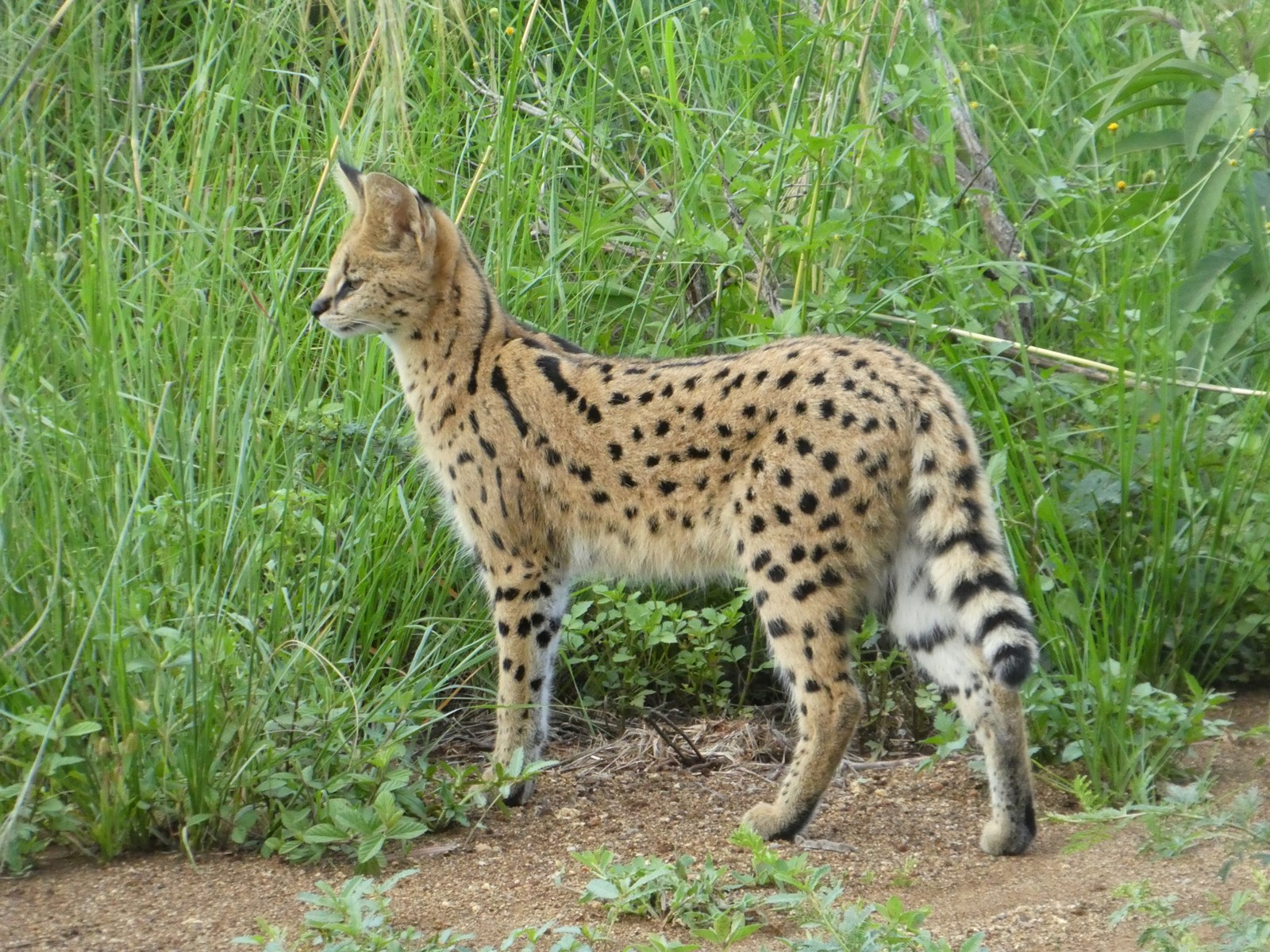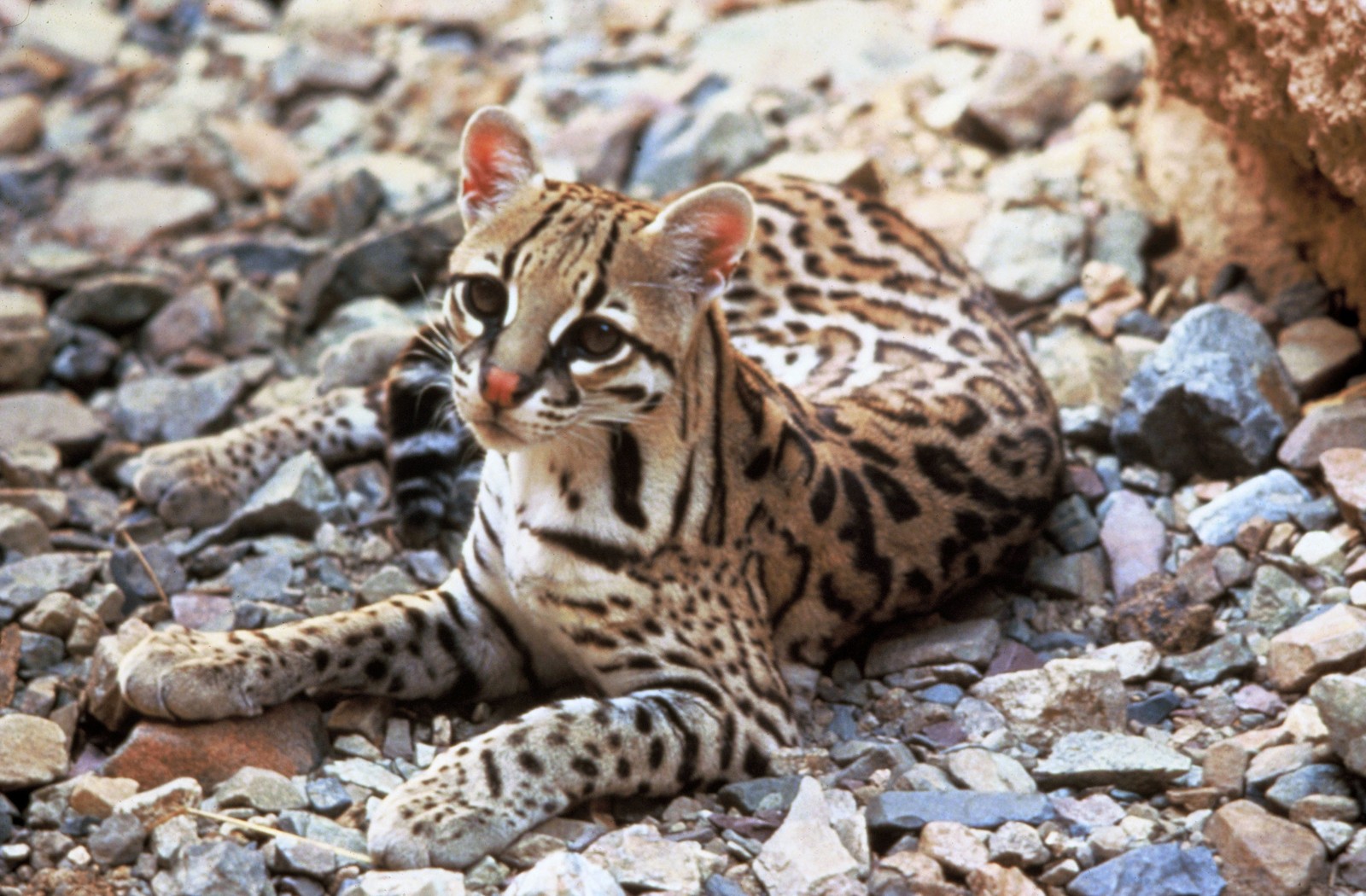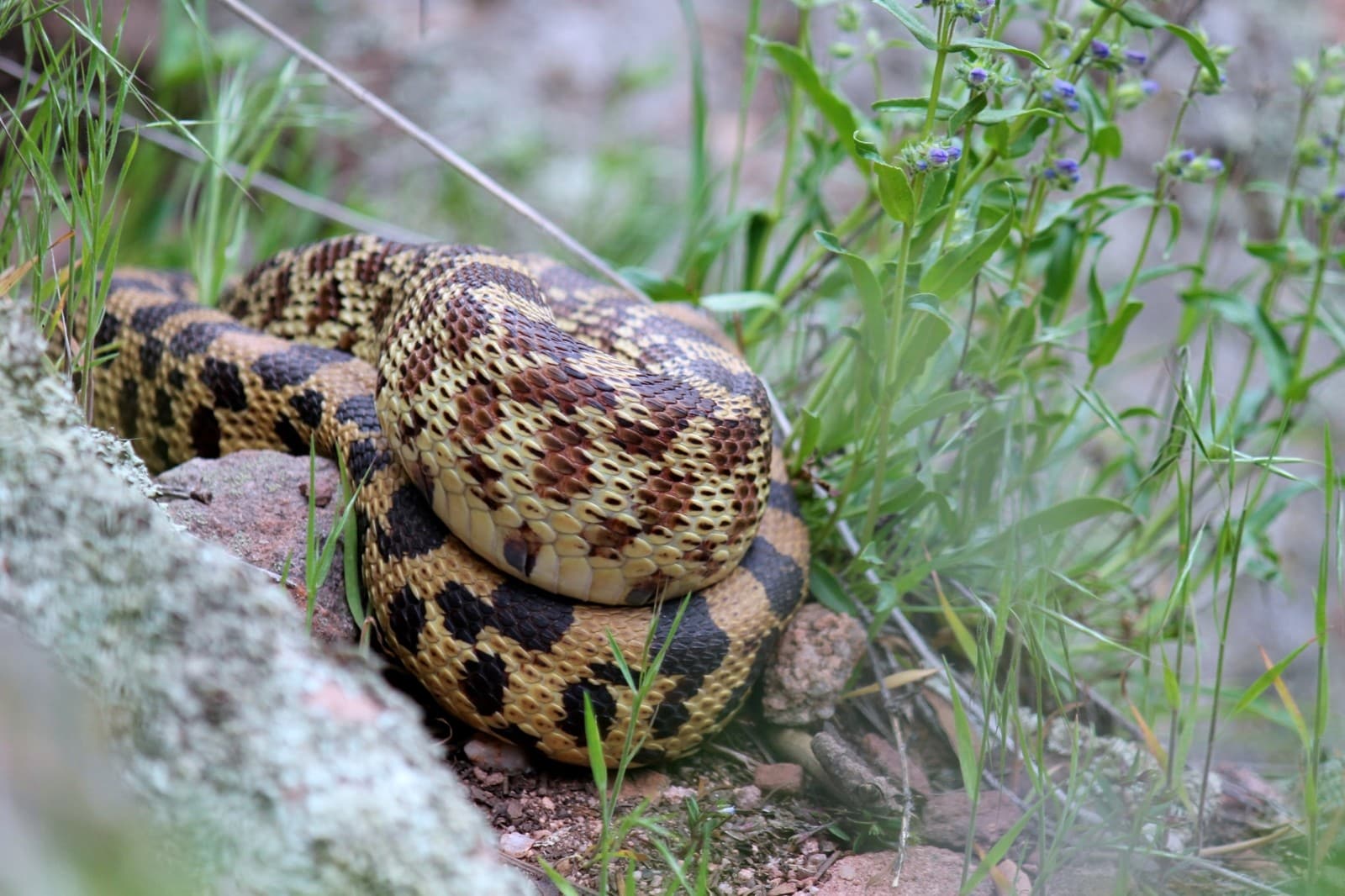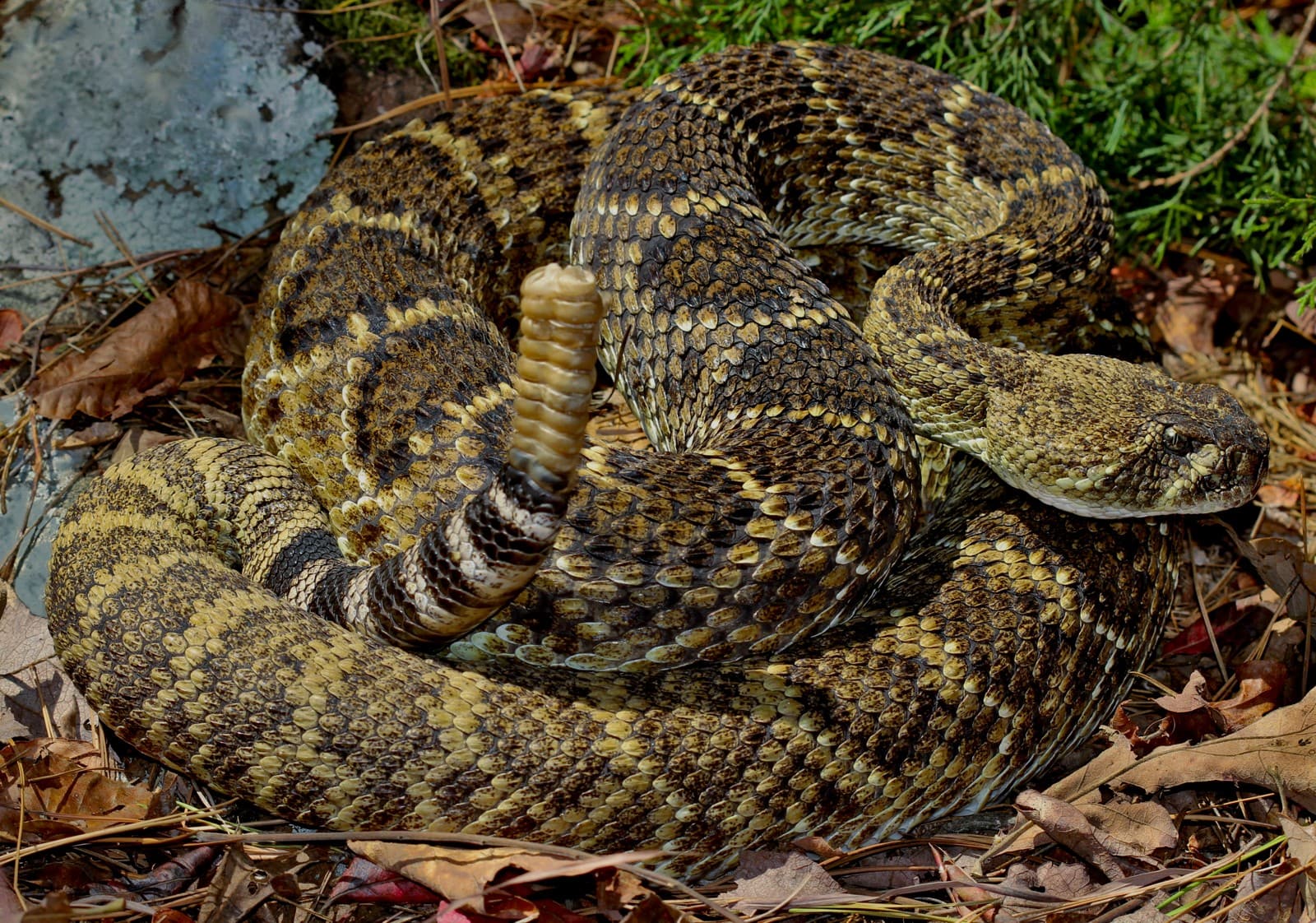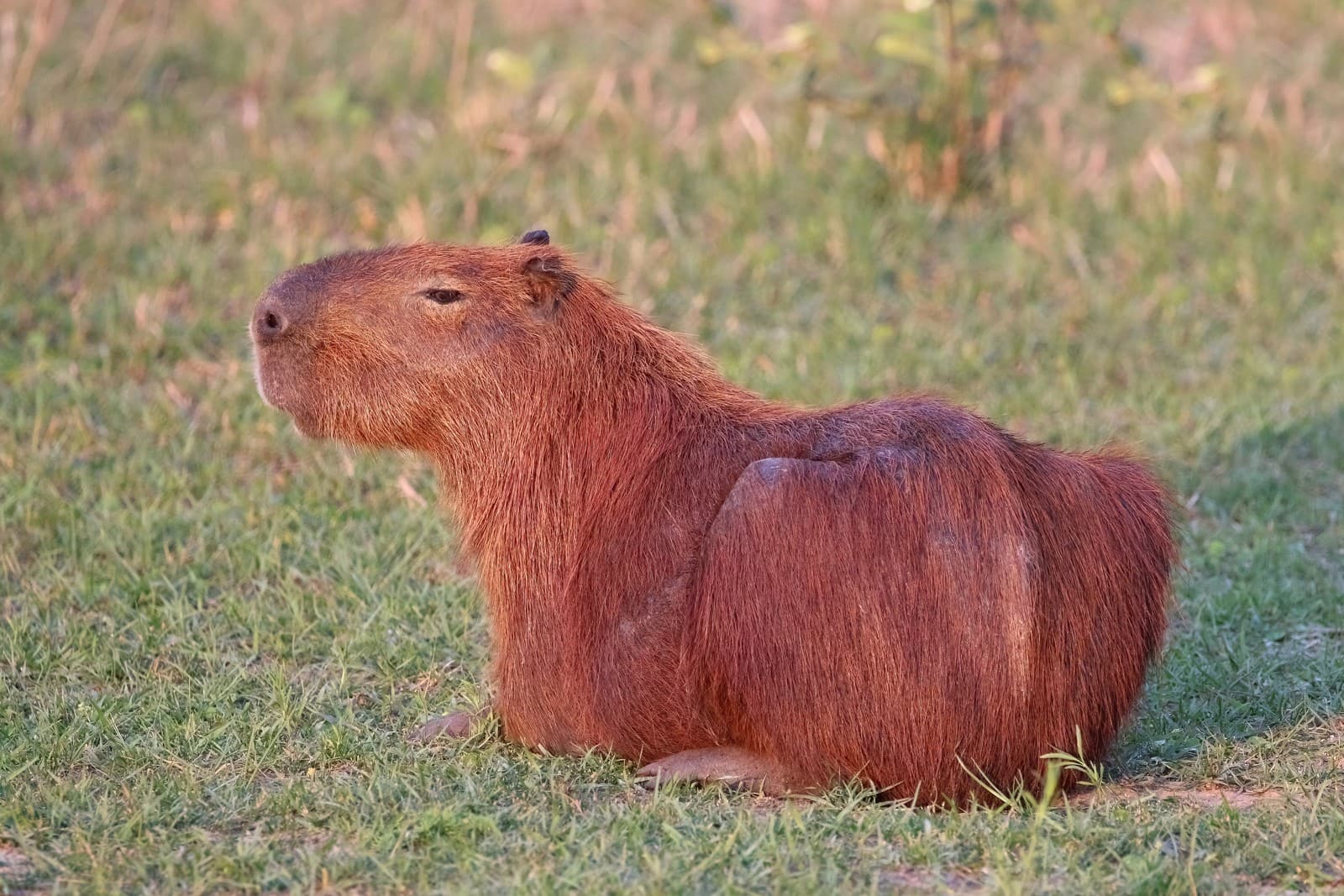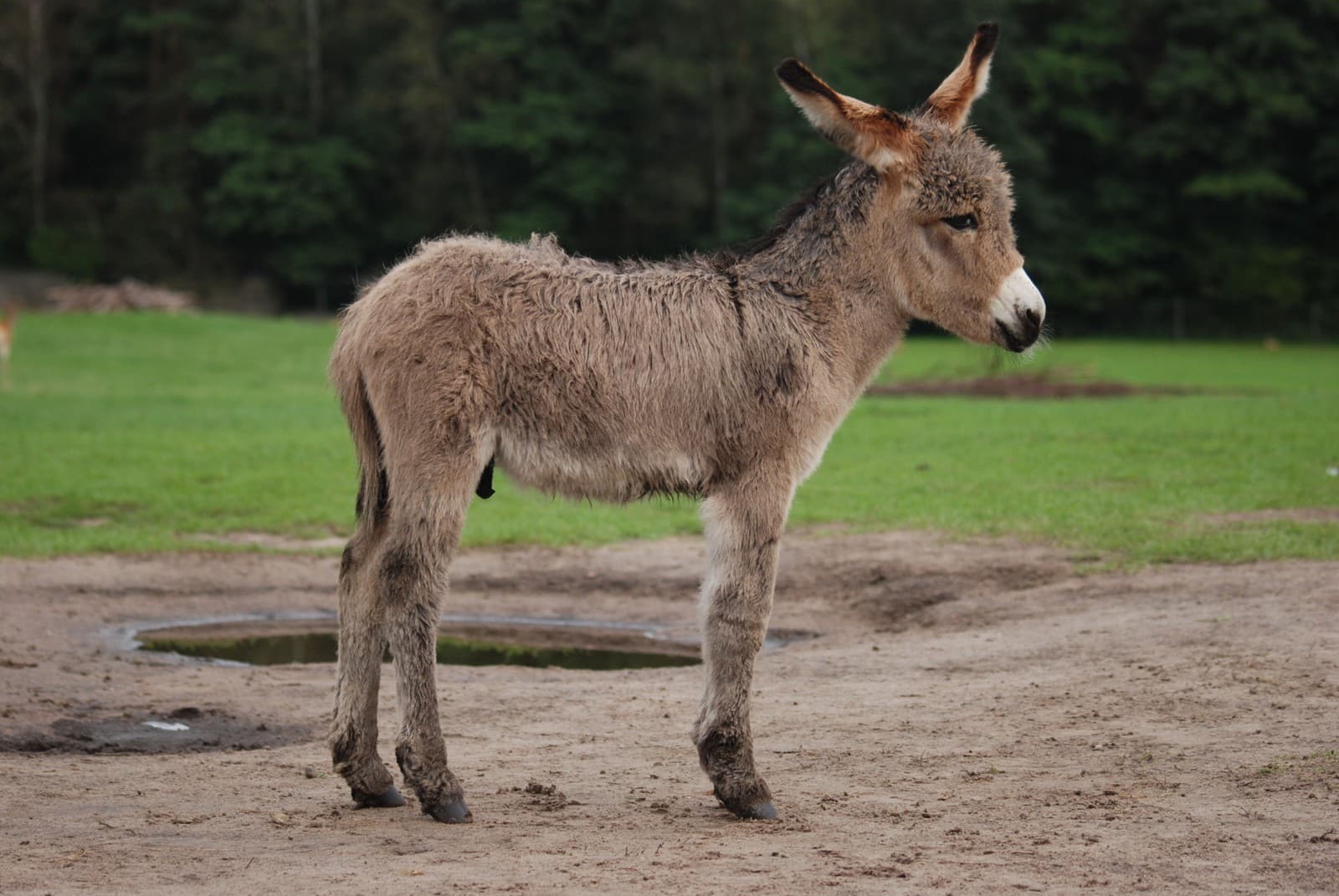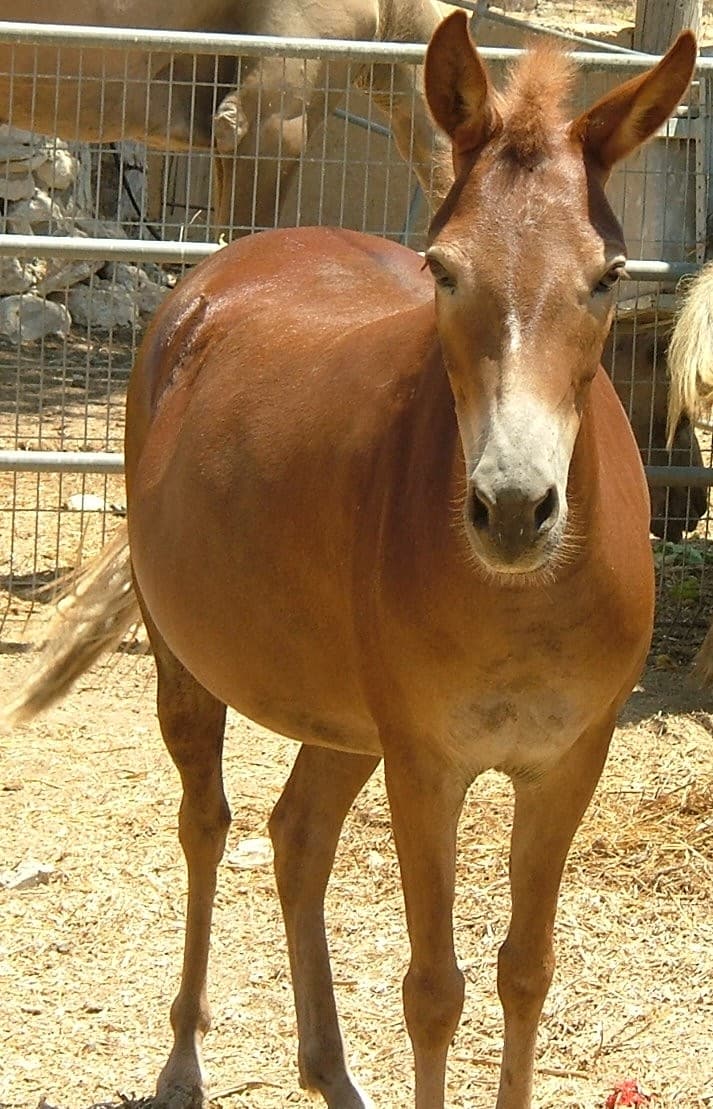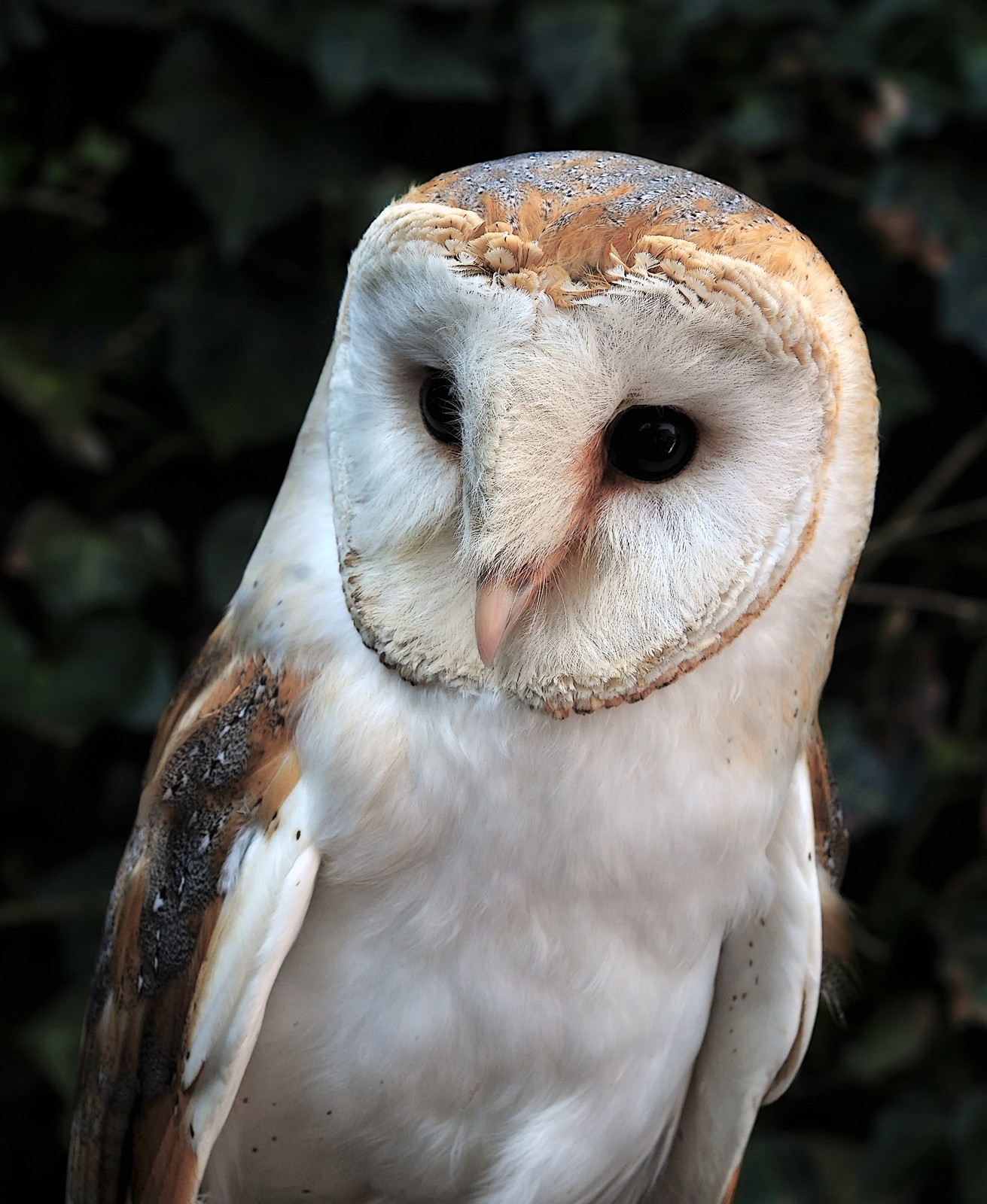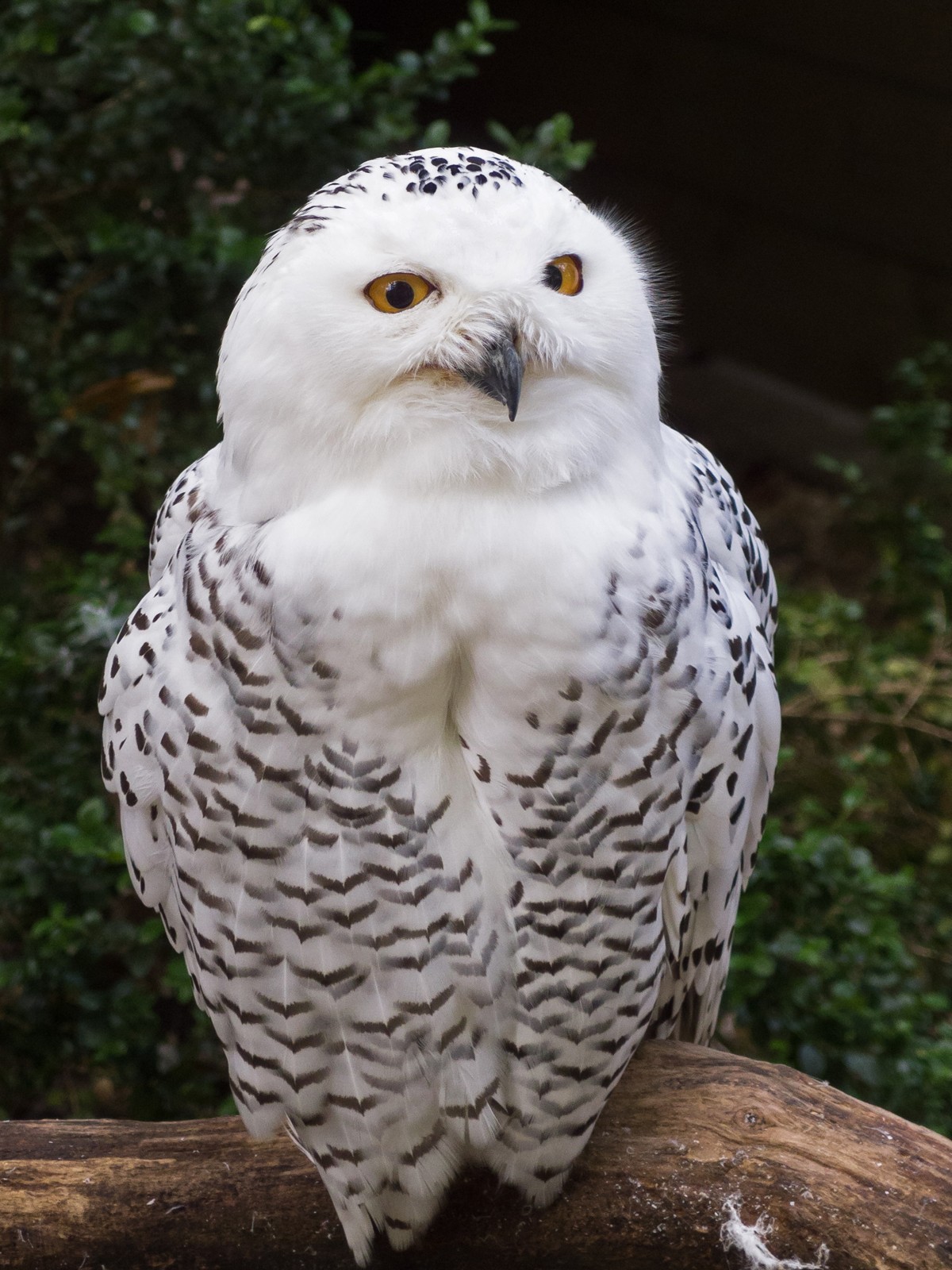Liger vs Tigon: A Complete Comparison
In the realm of big cat hybrids, the Liger and Tigon represent nature’s most fascinating genetic combinations. While both result from crossing lions and tigers, these remarkable creatures exhibit distinct characteristics that set them apart. Ligers, born to a male lion and female tiger, typically reach weights of 900-1,200 pounds (408-544 kg), making them substantially larger than Tigons, which result from male tigers and female lions and usually weigh 350-450 pounds (159-204 kg).
Understanding the key differences between Ligers and Tigons helps illuminate the complex genetics of hybrid big cats and their unique characteristics. These rare creatures exist almost exclusively in captivity, with each displaying a distinctive blend of their parent species’ traits.
Visual Comparison
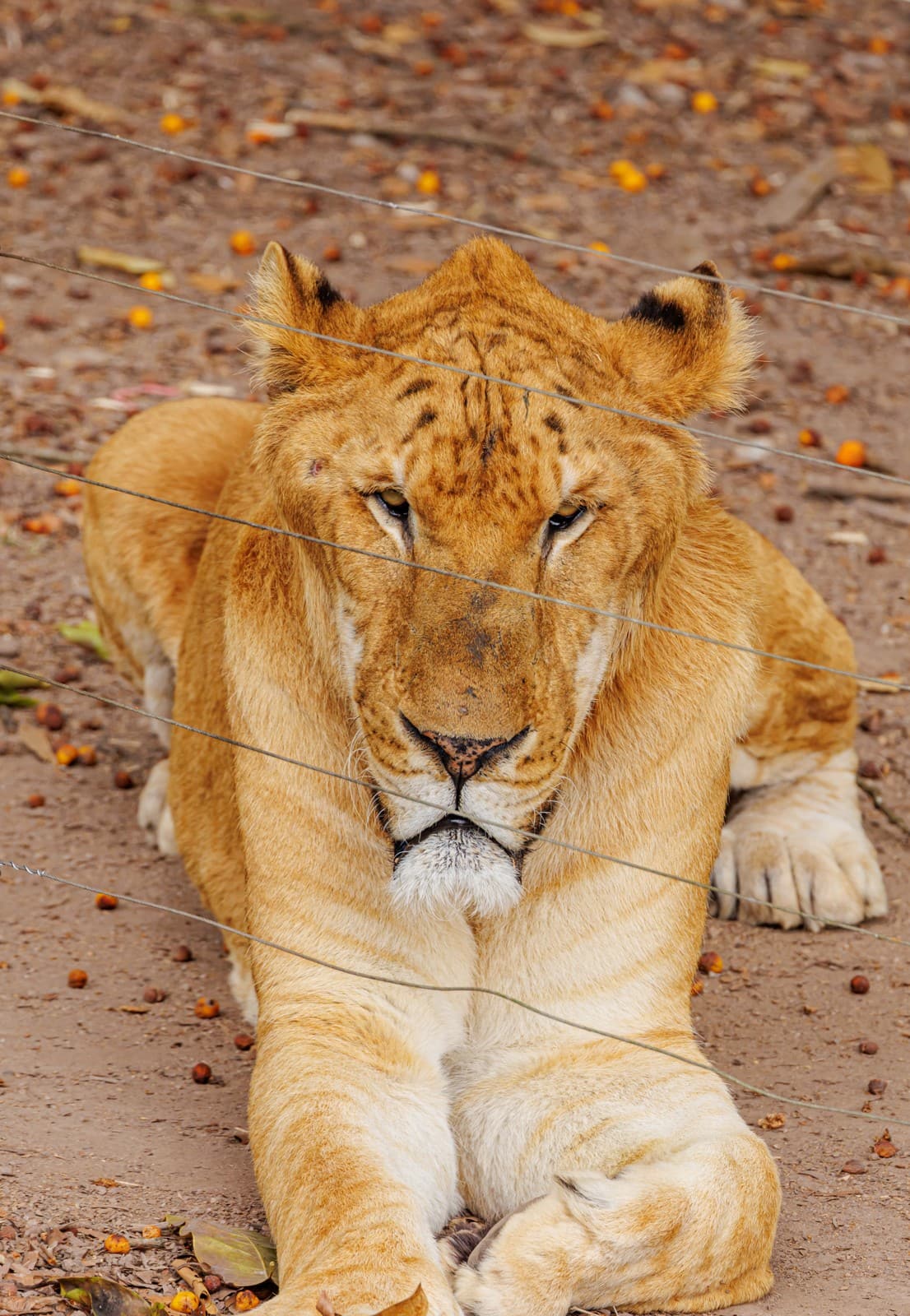
Ligers typically display a tawny-golden coat with faint tiger-like stripes and spots. Their massive size and unique blend of physical characteristics make them instantly recognizable among big cat hybrids.

Tigons exhibit more pronounced striping than Ligers and often possess a smaller, more compact frame. Their appearance tends to favor tiger characteristics while maintaining some lion features.
Key Differences: Liger vs Tigon
| Feature | Liger | Tigon |
|---|---|---|
| Size | 900-1,200 lbs (408-544 kg) | 350-450 lbs (159-204 kg) |
| Appearance | Faint stripes, tawny coat | Prominent stripes, darker coat |
| Growth Genes | Lacks growth inhibitor genes | Contains growth inhibitor genes |
| Mane (Males) | Minimal to moderate | More pronounced |
| Personality | Generally docile | More aggressive |
| Vocalization | Can roar and chuff | Primarily makes tiger-like sounds |
Physical Characteristics and Size
Ligers hold the distinction of being the world’s largest cats, significantly outweighing both parent species. This extraordinary size results from the absence of growth-inhibiting genes typically passed down from male tigers to their offspring. In contrast, Tigons remain closer to their parent species’ size range due to the presence of these growth-inhibiting genes.
Behavior and Temperament
While both hybrids demonstrate a mix of lion and tiger behaviors, their temperaments differ notably. Ligers typically exhibit a more docile nature, often displaying playful behavior well into adulthood. Tigons, however, tend to show more aggressive tendencies and generally possess a more reserved personality, similar to tigers.
Genetic Inheritance and Breeding
The stark differences between Ligers and Tigons stem from complex genetic factors:
- Ligers inherit growth-promoting genes from both parents
- Tigons receive growth-inhibiting genes from their tiger father
- Both hybrids are generally sterile, particularly males
- Female hybrids occasionally maintain limited fertility
Conservation and Ethical Considerations
The breeding of Ligers and Tigons raises significant ethical questions within the conservation community. These hybrids:
- Only occur through human intervention
- Serve no conservation purpose
- Face various health challenges
- Cannot survive in the wild
- Divert resources from pure species conservation
Who Would Win: Liger vs Tigon Comparison
While purely hypothetical, a physical comparison reveals:
- Size Advantage: Ligers significantly outweigh Tigons
- Strength: Ligers possess greater raw power due to their size
- Agility: Tigons demonstrate superior agility and maneuverability
- Stamina: Tigons typically maintain better endurance
- Natural Abilities: Both inherit hunting instincts from their parent species
However, such comparisons remain academic as these hybrids never encounter each other in natural settings.
Frequently Asked Questions
Are Ligers Bigger Than Tigons?
Yes, Ligers substantially outweigh Tigons due to genetic factors. Ligers typically weigh 900-1,200 pounds (408-544 kg), while Tigons average 350-450 pounds (159-204 kg).
Can Ligers and Tigons Reproduce?
Male hybrids are sterile, but some females maintain limited fertility. However, breeding hybrid females is rare and generally discouraged by responsible facilities.
Do These Hybrids Exist in the Wild?
No, Ligers and Tigons exist exclusively in captivity. Their creation requires human intervention as lions and tigers naturally inhabit different geographical regions and would not mate in the wild.
Which Hybrid Makes a Better Zoo Attraction?
While Ligers often draw larger crowds due to their impressive size, both hybrids raise ethical concerns regarding intentional hybrid breeding for entertainment purposes.
